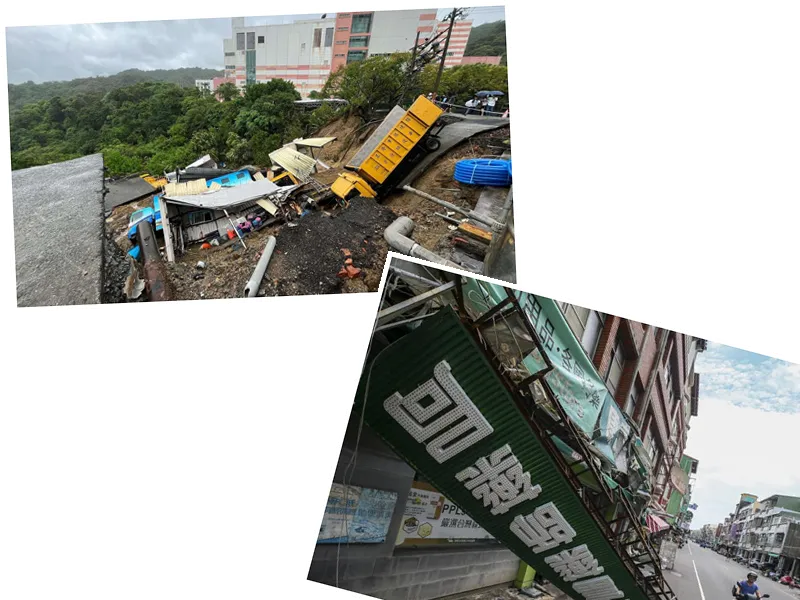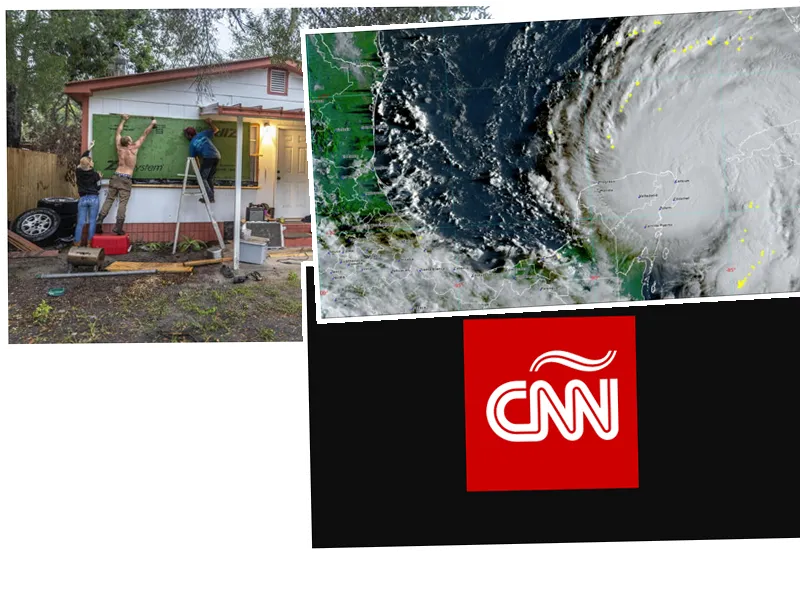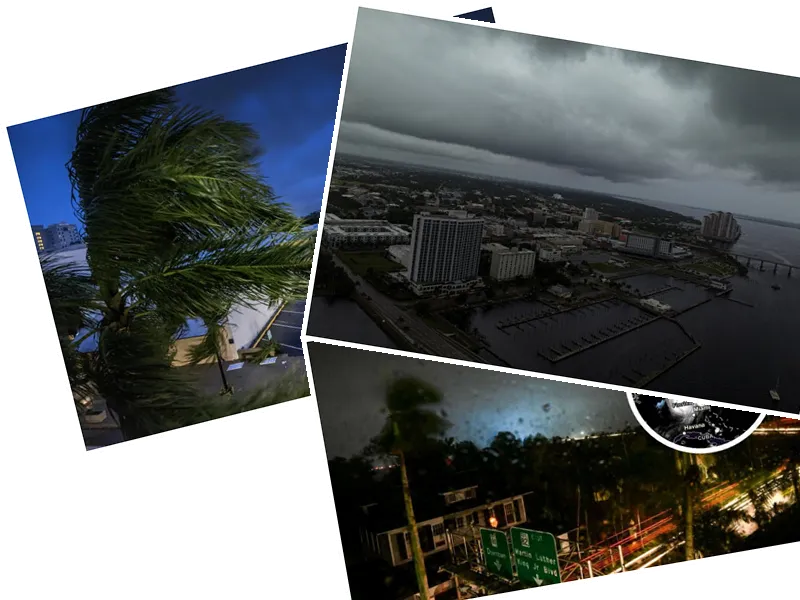Shanghai Braces for the Impact of Typhoon Bebinca
This morning, Shanghai faced the brunt of Typhoon Bebinca, the most powerful storm to hit the city since 1949. With gale-force winds reaching speeds of 42 meters per second, the typhoon made landfall in the eastern district of Lingang New City around 7:30 a.m. local time. Authorities issued a red alert as the storm brought torrential rain, leading to widespread flight cancellations and evacuation orders for residents. The city council advised its 25 million residents to remain indoors as the typhoon approached.
As Typhoon Bebinca neared, the Ministry of Disaster Management warned of heavy rains expected to last from Sunday through Tuesday. With the storm coinciding with the Mid-Autumn Festival, a public holiday during which an estimated 74 million trips are anticipated, officials stressed the importance of vigilance. The Ministry of Water Resources declared a level-four emergency operation for flooding risks in Shanghai and surrounding provinces, emphasizing the need for protective measures in key areas.
Precautions and Preparedness Amid Typhoon Warnings
Shanghai's authorities have urged residents to prepare for the storm's impact, particularly in transportation, infrastructure, and agriculture. The meteorological service issued orange typhoon warnings, the second highest in a four-tier system, for various districts in Shanghai and neighboring provinces. All flights at Shanghai's two main airports were canceled as of 8 p.m. local time on Sunday, and maritime services were also suspended.
Typhoon Bebinca previously impacted the Japanese island of Amami, where winds were recorded at 198 km/h, raising concerns about landslides due to heavy rains. In the Philippines, the storm caused fatalities as six individuals were killed by falling trees during its passage. Experts attribute the increasing intensity and frequency of such storms to climate change, highlighting the urgent need for environmental action.
- As the typhoon continues its path, it is crucial for residents in affected areas to stay informed through official channels and follow safety protocols. The government has mobilized resources and personnel to assist with evacuations and disaster response efforts. The combination of high mobility during the holiday and the impending storm poses significant risks, making it essential for individuals to exercise caution.





